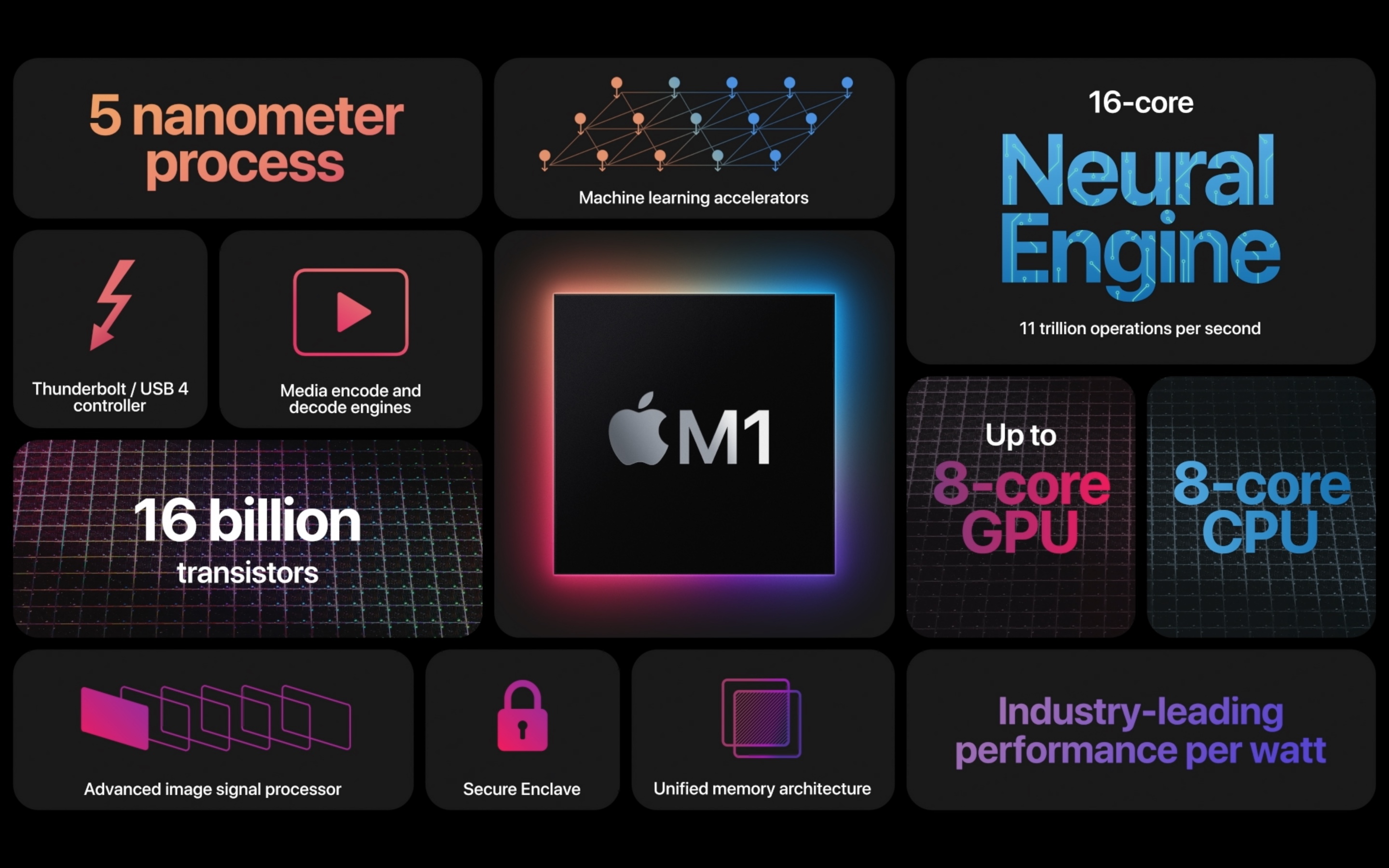Originally posted by birdie
View Post
Apple just makes stuff up, and generates huge reality distortion fields. That's why everything has to be tied to "performance per watt", instead of straight up performance.
I'd love to see real benchmarks between real CPUs - single core, multi-core, and all unleashed to full balls to the wall.
The M1 would come out rated as full on pathetic.



Comment